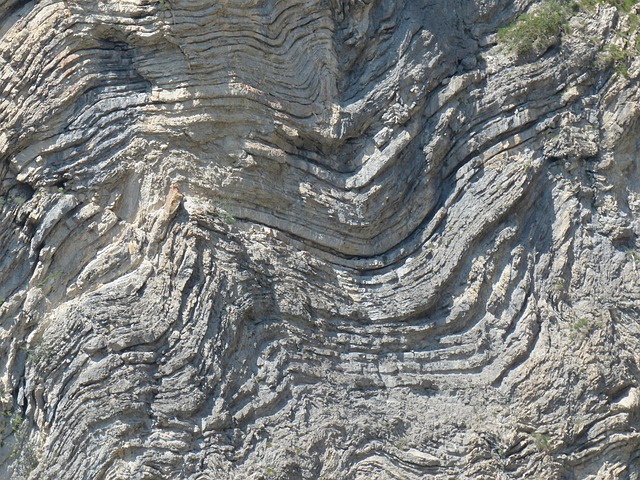Layering is a transformative technique that can elevate your paintings from ordinary to extraordinary, allowing you to express depth, emotion, and texture in your work. The beauty of layering lies in its versatility—it invites artists to play, experiment, and embrace their creativity. Whether you’re an experienced painter or a complete beginner, mastering the art of layering through DIY techniques can unlock new horizons of artistic expression.
Understanding Layering
At its core, layering involves building up multiple coats of paint to create depth and complexity. Each layer interacts with the previous one, affecting the overall feel of the piece. This creates a visual narrative that captivates the viewer’s eye and can convey a plethora of emotions. In this blog post, we’ll explore some inspiring DIY techniques for incorporating layering into your handcrafted paintings.
Materials You’ll Need
- Acrylic or oil paints
- Brushes in various sizes
- Palette for mixing
- Canvas, wood panels, or thick paper
- Sponges, palette knives, or even your fingers for texture
- Varnish or medium (optional, for finishing)
DIY Techniques for Effective Layering
1. Glazing
Glazing involves applying a thin, transparent layer of paint over dried layers. This technique can create luminous effects, allowing light to pass through layers, enhancing depth. To glaze, mix your paint with a medium or water until it’s translucent, and gently brush it over the surface. Experiment with colors to see how they shift and blend.
2. Scumbling
Scumbling is a fun and spontaneous way to add texture and dimension. By using a dry brush technique, you can lightly apply a contrasting color over a dried base, allowing the underlying layer to peek through. This is perfect for landscapes or abstract works where texture plays a crucial role. Remember to use minimal paint on the brush for the best effect!
3. Layering with Different Tools
Don’t limit yourself to brushes! Try using sponges, palette knives, or even your fingers to apply paint in various ways. Each tool can create distinct textures and effects. For instance, use a palette knife for bold, sweeping strokes or a sponge for soft, blended transitions. This will give your painting character and a unique voice.
4. Collage Elements
Bringing in other materials can add an exciting dimension to your layers. Consider incorporating paper, fabric, or found objects into your artwork. When these elements are layered with paint, they create a rich tapestry that tells a more complex story. Be curious and creative—there are no limits when it comes to handcrafting a beautiful piece.
5. Build Up Gradually
Start with an underpainting, which serves as a strategic foundation. Applying light washes of color can set the tone and mood for your artwork. Then, gradually build up layers, allowing each one to dry before adding the next. This technique encourages you to be patient and intentional with your work, which can lead to surprising outcomes.
Embrace Your Creative Journey
Mastering the art of layering is not just about the technique; it’s about allowing yourself to explore, experiment, and make mistakes. Each layer is a step in your creative journey, revealing more about your artistic voice. So, gather your materials, dive into these DIY techniques, and watch as your handcrafted paintings come to life with every brushstroke and layer you add.
